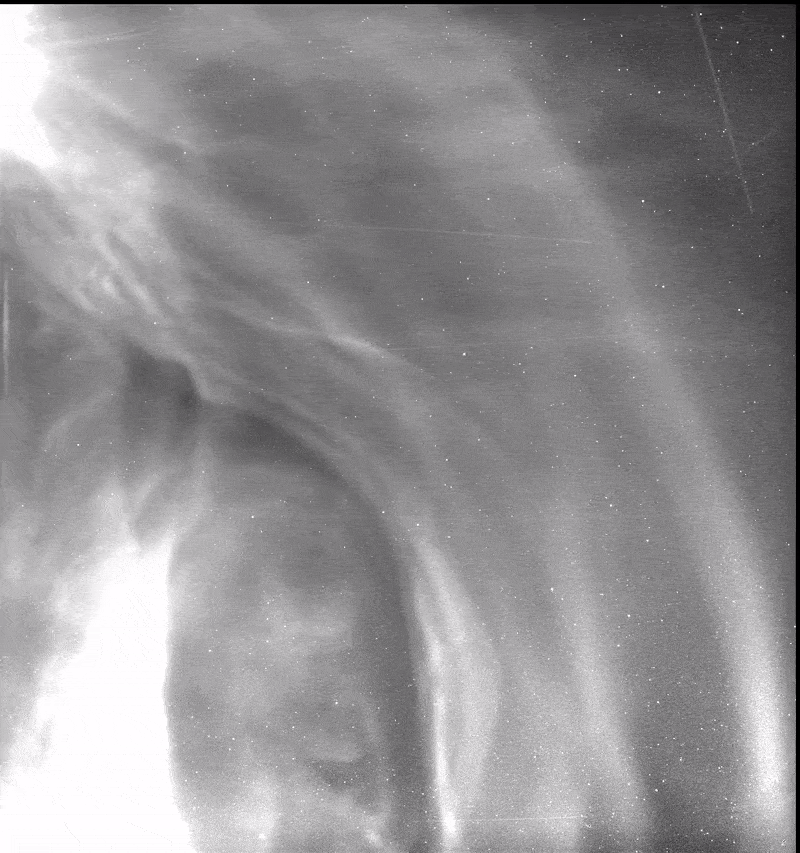The scientific world recently witnessed an event that struck the space community: the Parker Solar Probe captured a large-scale solar flare near. If the Earth’s satellite got into its impact zone, the impact of a stream of charged particles on the body could lead to serious power outages on our planet.
Observations and analysis of this incident were published in a new scientific article in The Astrophysical Journal. And although this event took place more than a year ago, it remains a subject of interest for scientists in the future.
Parker Solar probe flight on the verge of death
The mentioned event took place on the other side of the Sun relative to the Earth and began on September 5, 2022. It is worth noting that this event occurred during the 13th flyby of our star by the Parker Solar Probe (PSP). At that time, the Parker Solar Probe spacecraft was at a very close distance from the surface of the Sun – only 9.17 million km. For comparison, the usual distance of the Earth from the Sun is about 150 million km.

This event became important for scientists and astrophysicists, since the observation of a coronal mass ejection (CME) from such a distance occurred for the first time. Huge eruptions from the outer atmosphere of the Sun (corona) play an important role in the formation of space weather, and can affect satellites, communication systems, navigation and even the power grid on Earth. Studying these events and their interaction with the interplanetary environment helps scientists better predict the speed of movement of the solar wind from the Sun to the Earth and the impact of these events on our planet.
Solar Vacuum Cleaner
According to NASA, this event provided an opportunity to observe in detail the interaction of the coronal mass ejection with interplanetary dust. The interaction between the ejected charged particles and cosmic dust was theoretically described many decades ago, but up to this point, there were no real observations. According to Guillermo Stenborg, an astrophysicist at Johns Hopkins Applied Physics Laboratory, “CME acts like a vacuum cleaner, removing dust from its path”. After a solar flare pushes dust about 10 million kilometers from the Sun, its density instantly increases in the inner part of the Solar System.

It is important to note that this case was made possible thanks to the Parker Solar Probe. The probe’s observations also indicate that the effect of dust depletion is observed only during the most powerful coronal mass ejections.
Although this event has become a source of important understanding of interplanetary dust and its interaction with CME, scientists still need a lot of research and observations to uncover all the secrets of these processes. However, this stage allows science to move step by step closer to a full understanding of the nature of our Sun and the impact of its activity on the planet Earth.
Earlier we reported on how Solar Orbiter and Parker Solar Probe teamed up to uncover the 65-year-old mystery of the Sun.
According to Scientific American
Follow us on Twitter to get the most interesting space news in time
https://twitter.com/ust_magazine
